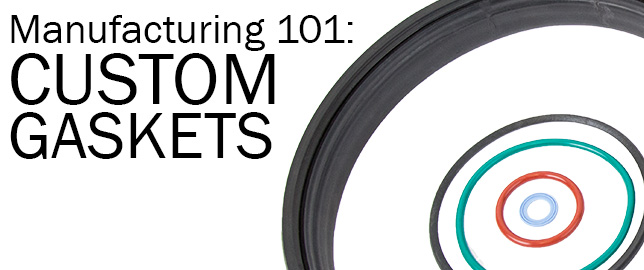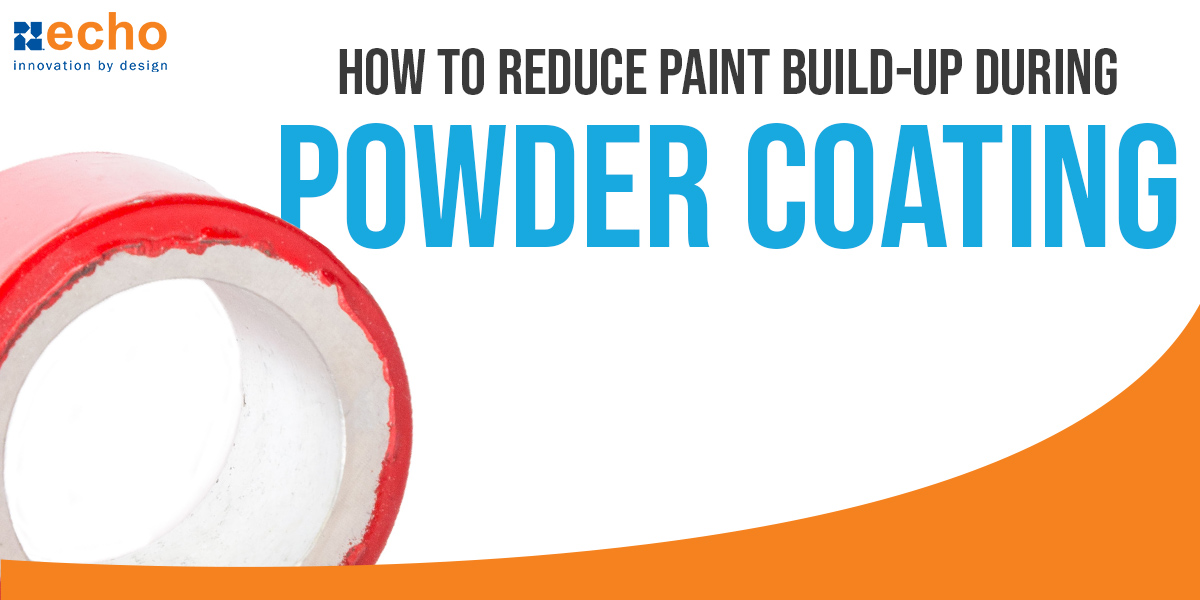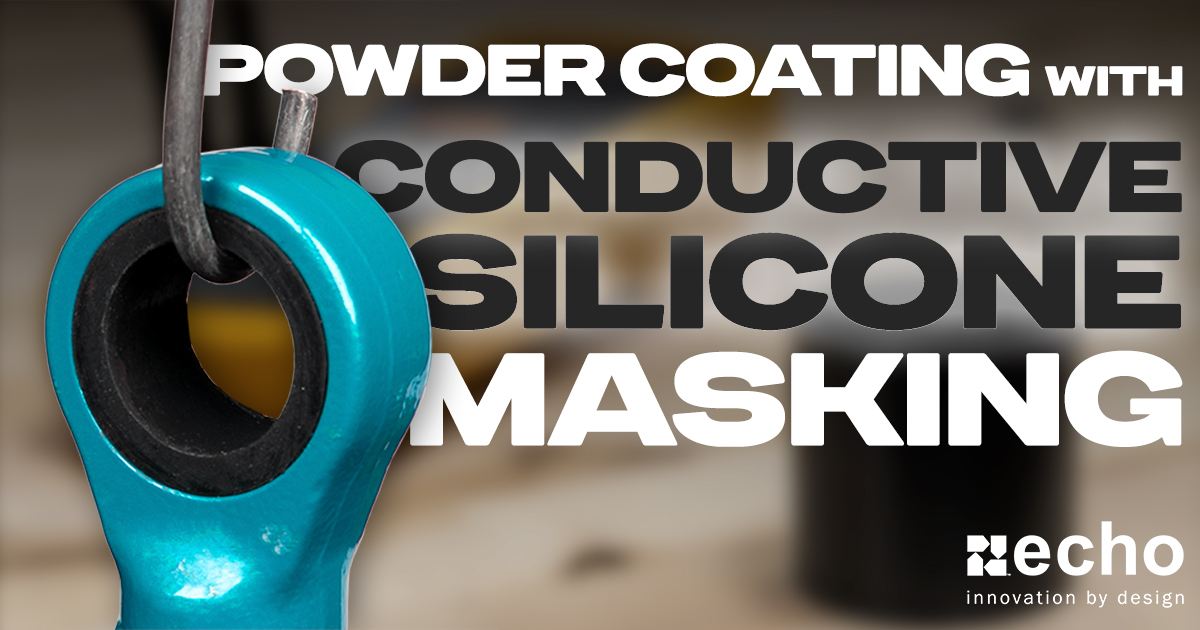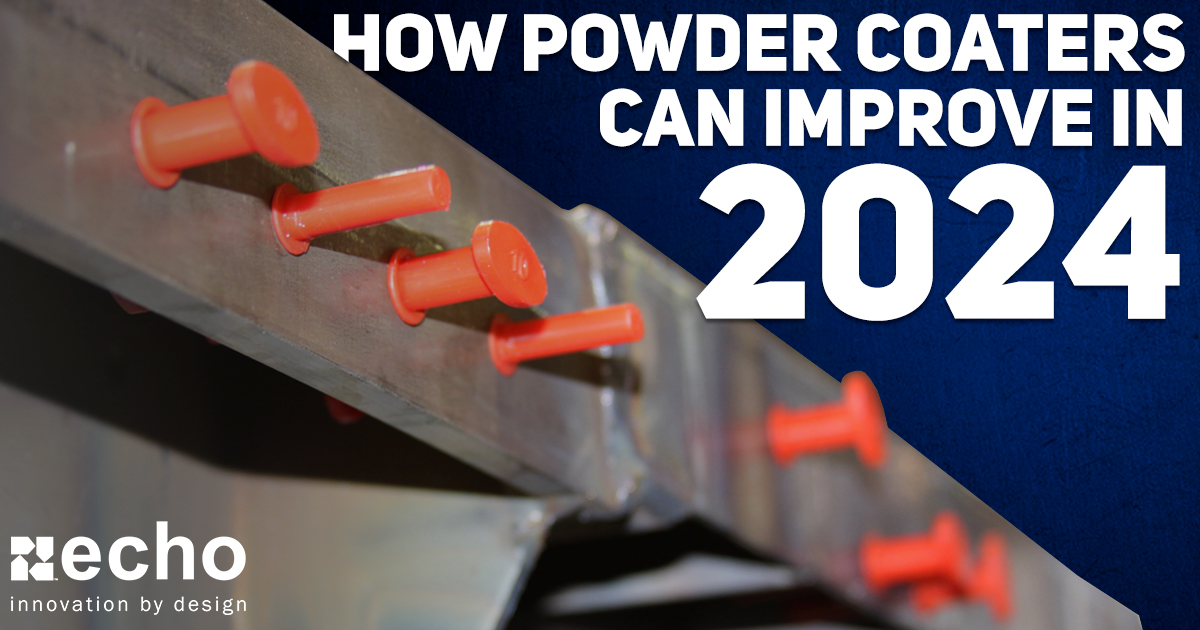Manufacturing 101: Custom Gaskets
- By Echo Engineering
- Sep 19, 2017

Just like all gaskets, rubber gaskets create seals and barriers. They work to prevent the leakage of liquid or gas. To ensure a gasket’s design will hold up throughout your process and provide the strong seal you need, you must ask yourself a few important questions.
What Purpose will the Gasket Serve?
First come the basics – why is the gasket needed? And what sort of environment will it encounter? It’s imperative to initially have an understanding of your process, including the temperatures, chemicals, and possibilities for contamination. Also take into consideration whether or not it is necessary for your gasket to have an adhesive.
Overall, what goal will the gasket be helping you accomplish? And what must it endure to do so? The answer to all these questions will aid in the creation of your gasket.
What Manufacturing Process will be the Most Effective?
The shape, size, and quality desired will all play a factor here. And the manufacturer will also take into consideration the volume and complexity of the gasket being created, as well as any material sourcing. There are numerous ways to produce gaskets, but there may only be one means that will work for your specific gasket’s design.
Molded Gaskets
When molding a gasket, tighter tolerances and engraving textures or logos are conceivable. The various types of molding – transfer, rubber injection, compression – utilize heat, a press, and a mold to make gasket designs come to life. Sizing may be limited, but molded gaskets of varying shapes, thickness, and profiles are possible.
Die Cut Gaskets
Die cutting a gasket is most beneficial when the design features uniform thickness. During Creation, the appropriate die, accompanying an overhead press, uses compression to cut the chosen rubber material (as shown above). A die cut gasket can be limited to the size of the press and the tool, but they are typically accompanied by inexpensive tooling and a quick turnaround time.
Extruded Gaskets
The rubber extrusion process involves placing the rubber material under pressure and forcing it through a die that’s in the shape of the end design. This is an effective means of creation when the profile of the gasket is unchanging along its length. The tooling required is inexpensive. And this means of creation is great for gaskets that are too large to mold, as the ends can be glued or vulcanized.
Which Material is Best for the Gasket’s Application?
Determining what material your gasket should be made from requires the basics, as mentioned above, as well as an understanding of what the gasket must be able to withstand. The material should be strong enough to prevent leakage, of course. But the material must also endure any pressure and/or friction that will be placed upon it, both during creation and while in the hands of the end user. The material should bounce back once the pressure is removed and retain its shape.
The most effective gaskets have been designed with one specific process in mind, allowing the design to reflect each aspect of the environment under which it will be placed. To work with our in-house design engineers on your next gasket design, click here.







